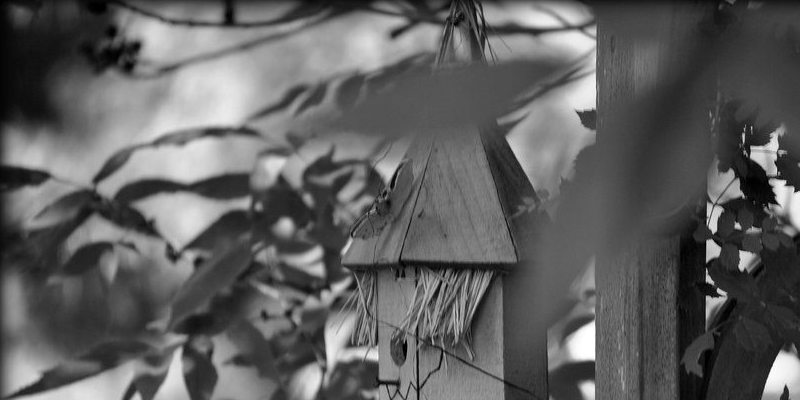Many home gardeners can tell you nothing is like the sense of rich garden soil under your palms. When that soil receives under your fingernails, however, it might be a different story. Slipping on a pair of gardening gloves might help but isn’t a guarantee your fingernails will remain clean. That’s because not all of gardening gloves have been created equal. Protect your fingernails by selecting high-quality gloves which will let you work the soil without working through your nails.
Why Gloves Are Important
Gardening gloves are not just for maintaining your fingernails clean. A fantastic pair of gardening gloves will protect your skin from the chemicals in fertilizer along with your fingernails in the endless cycle of washing the dirt out of the hands and drying them . Frequent hand-washing can lead to split nails. Additionally, gardening gloves might help protect your skin from scratches and puncture wounds which are common when managing prickly plants and that can lead to infections if they get dirty.
Different Gloves Have Different Uses
The gardening gloves that you wear should fit nicely. Ill-fitting gloves can cause you all sorts of problems, from not being able to feel and traction a gardening or plant tool correctly to chafing and blisters. Never buy a set of gloves without even trying them on first. Also, choose the ideal set of gardening gloves for the job. If, for example, you use wet soil, then your gloves need to have a waterproof skin. Sometimes such gloves are tagged as with a nitrile coating. If you do some heavy-duty lifting, then select thick, sturdy gloves made of pigskin. If you plan to spread mulch, then avoid cotton gloves and rather choose gloves made of bamboo, which calms fungi, according to the Southern Living site. If you’ll tackle thorny vines or long canes, then your gloves must extend up your forearms to protect them from scratches. Gardening gloves which have breathable fabric and provide protection from ultraviolet rays are options for light jobs.
Before Beginning
Before you slip on your gardening gloves, coating your hands with a skin-care product containing petrolatum, glycerin or lanolin will protect them from moisture loss. Save a moisturizing cream and cream for after you are finished gardening, however. Both moisturizing cream and cream are too thin to stop water from evaporating from the skin into the air.
After You Are Done
Don’t neglect your hands once you are finished gardening. Even if you wore gloves, your hands still have to be scrubbed thoroughly. A nail brush is helpful in removing dirt that collected under fingernails. The dirt can accumulate if you remove your gloves to garden for a couple of minutes without them and should you use fingerless gloves for a delicate gardening job, such as grafting or tying up a plant. After you have washed and dried your hands, give your hands’ fingernails and skin an excess layer of security by coating them with moisturizer. Start at the fingernails, also include the skin beneath the endings of the fingernails. When deciphered skin develops , it is rather painful.
